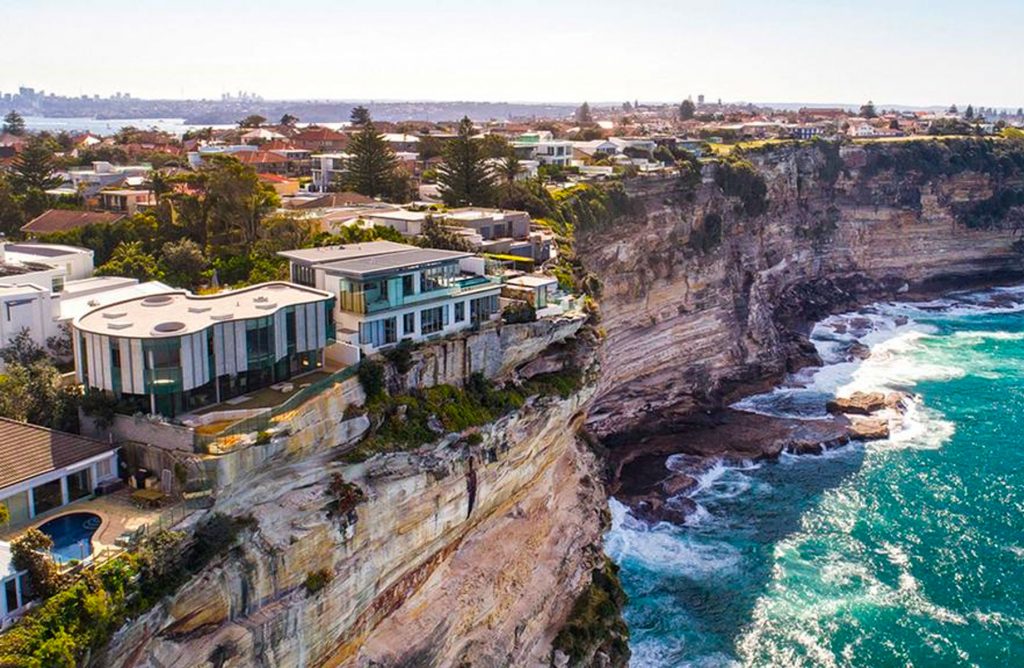Runaway house price growth in Australia will need to be tempered with a tighter regulatory framework or risk tipping the market into overdrive, economists warn
Taryn Paris & Ted Tabet – The Urban Developer

Analysts at the Reserve Bank of Australia (RBA) have projected house prices could increase by 30 per cent over the next three years if low interest rates prevail.
An RBA report released under a Freedom of Information request on Friday examined the effect of ongoing low interest rates on asset values. The central bank has cut the cash rate by 1.4 percentage points over the past 18 months and it is now at an all-time low of 0.1 per cent.
The report shows that low interest rates will increase asset prices, which will have a ripple effect on wealth and household spending, bucking the house price trends predicted last year.
While house prices could soar, the lower interest rates could also lead to higher levels of debt if lending standards become less rigorous.
The economists indicated that while interest rates remained low, unemployment rates would have a bigger impact on the economy.
Long-term low interest rates may add pressure to housing supply, mortgage debt rates and increase the investor segment of the residential market.
The report said that monetary policy tends to have a larger effect in areas where housing supply constraints are binding and mortgage debt is higher.
First-home buyer activity has also been stimulated in recent months due to the all-time low interest rates and government stimulus.
“First home buyer activity has increased strongly in recent months, a positive indication of access to housing for younger households,” the report said.
“Low rates are also supporting government borrowing and subsequently the economic recovery.”
While house prices and jobs recover, economists now expect an extension to the RBA’s quantitative easing program, albeit with some “tweaks” if house prices take off, with a reintroduction of regulations to limit bank loans for the purpose of investing in housing.
The signs already look good for a strong price rally in 2021 after the east coast-dominated residential market finished 2020 strongly, with more buyers entering the market as listings remained low.
Prices across the country’s eight capital cities are now up 1.8 per cent in aggregate from the start of the year, led by Adelaide (5.6 per cent), Brisbane (3.2 per cent) and Sydney (2.5 per cent).
The turnaround has seen ANZ scrap its “pessimistic” forecast for a 10 per cent decline in prices across 2021 while Westpac chief economist Bill Evans also expects dwelling prices to rise by around 5 per cent in 2021.
UBS economists, which in November warned that economic forecasts have become “less reliable” due to the extraordinary circumstances of the pandemic, said a key part their new assessment on the outlook for house prices was due to the uptick in new home building and the rapid recovery in jobs.
“We expect house prices to rise by 5-10 per cent year on year, but now see risk of 10 per cent plus, particularly given the planned repeal of responsible lending,” UBS analysts George Tharenou and Jim Xu said.
“The RBA governor downplayed house prices and the need for macroprudential tightening.
“Hence, we think it is more likely the RBA will wait for the government stimulus measures to expire.”
The government’s plan to scrap the responsible lending law for banks—which was introduced by Labor in 2009 following the global financial crisis, still faces an uphill battle in the senate.

Powering the housing market has been the HomeBuilder scheme with more than 75,000 applications for the $25,000 grant—35,000 of which were lodged in December alone—well above Treasury’s initial forecast of 27,000.
There has also been an increase in appetite for new borrowing, with lending for housing construction 75 per cent higher in December than July as the pandemic took hold.
“We expect more applications for the (tapered) $15k grant, which expires in March,” Tharenou and Xu said.
“Given commencement must occur within six months of contract signing, this will lead to a surge in (mainly detached) construction.
“This would mean a material upgrade to dwelling commencements for 2020 to 181,000, up from 172,000, and to 230,000 for 2021, up from 185,000 to sit around the levels of the ‘boom years’ between 2015 and 2018.”
As this stronger outlook filters through, the Reserve Bank may consider holding off any extension to quantitative easing.
“The materially stronger than expected economy raises the risk that the RBA does not announce the extension of its QE and YCC (yield curve control) programs as we expect, especially if the surge in activity is accompanied by a sharper decline in unemployment,” Tharenou and Xu said.
While stronger housing is continuing to support the labour market, UBS economists noted that the unemployment rate will likely remain above NAIRU (closer to 4.5 per cent), and CPI should remain below target.
They also warned that a potentially oversupply could see rents potentially decline further as first home buyers move out of rentals into newly completed homes over the next year or so, unless migration rebounds strongly.
Consumer sentiment also retraced by 4.5 per cent month on month in January following a 4.1 per cent surge to decade highs and remains consistent with strong consumption.
Sentiment is still up 14.6 per cent year on year and 41.5 per cent above April’s Covid trough while unemployment expectations, up 12 per cent month on month, remain at their lowest level in a decade.



